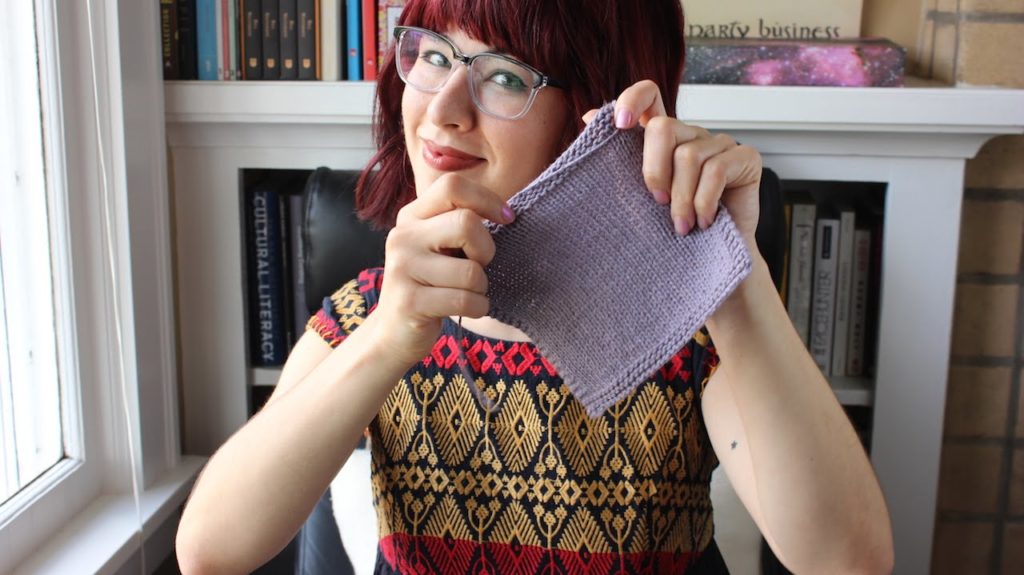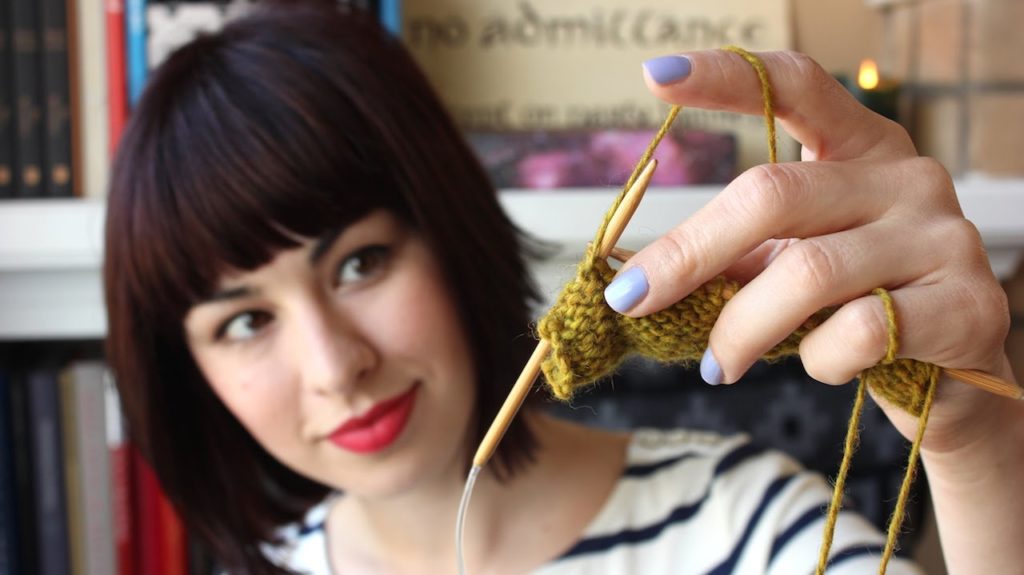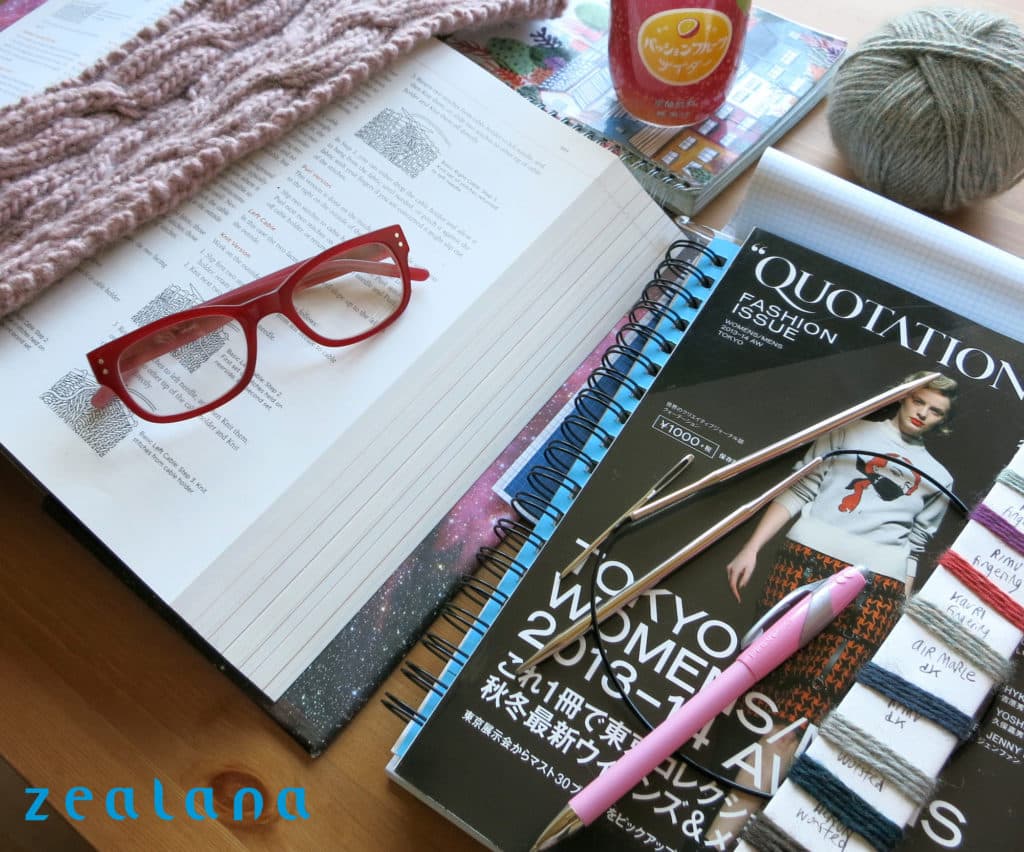
Ria + June | #6 Plant Fibers
What do Hypercolor t-shirts, the Gutenberg Bible and heckling all have in common? Find out in this Earth Day episode of Ria + June! CR

What do Hypercolor t-shirts, the Gutenberg Bible and heckling all have in common? Find out in this Earth Day episode of Ria + June! CR

Hi everyone! Time for another installment of Ria + June. The first post about knitting methods covered in Principles of Knitting discussed all the right

Hiya! I’m diving back into my trusty copy of the Principles of Knitting to learn more about fibers. For the most part I’ll be reading

Greetings, and welcome to winter! Those of us in North America are pretty excited about finally getting to pile on the knits, but I know

Hi everyone! I’m diving into Principles of Knitting, but straying just a bit from June’s recommendation to work from cover to cover in order. I

This first edition of Ria+June contains an overview and a bit of background on my attempt to work my way through The Principles of Knitting by June Hemmons-Hiatt.

Greetings! Cirilia here, writing from Seattle where we’re sadly admitting to ourselves that summer is officially winding to a close. As I pack up my
P.O. Box 106
Hastings, VIC, 3915
Australia
Tel: +61 3 5979 1555
Fax: +61 3 5979 1544
© 2025 Zealana | All Rights Reserved | Terms of Business | Privacy Policy | Developed by MRD Web + Digital Marketing